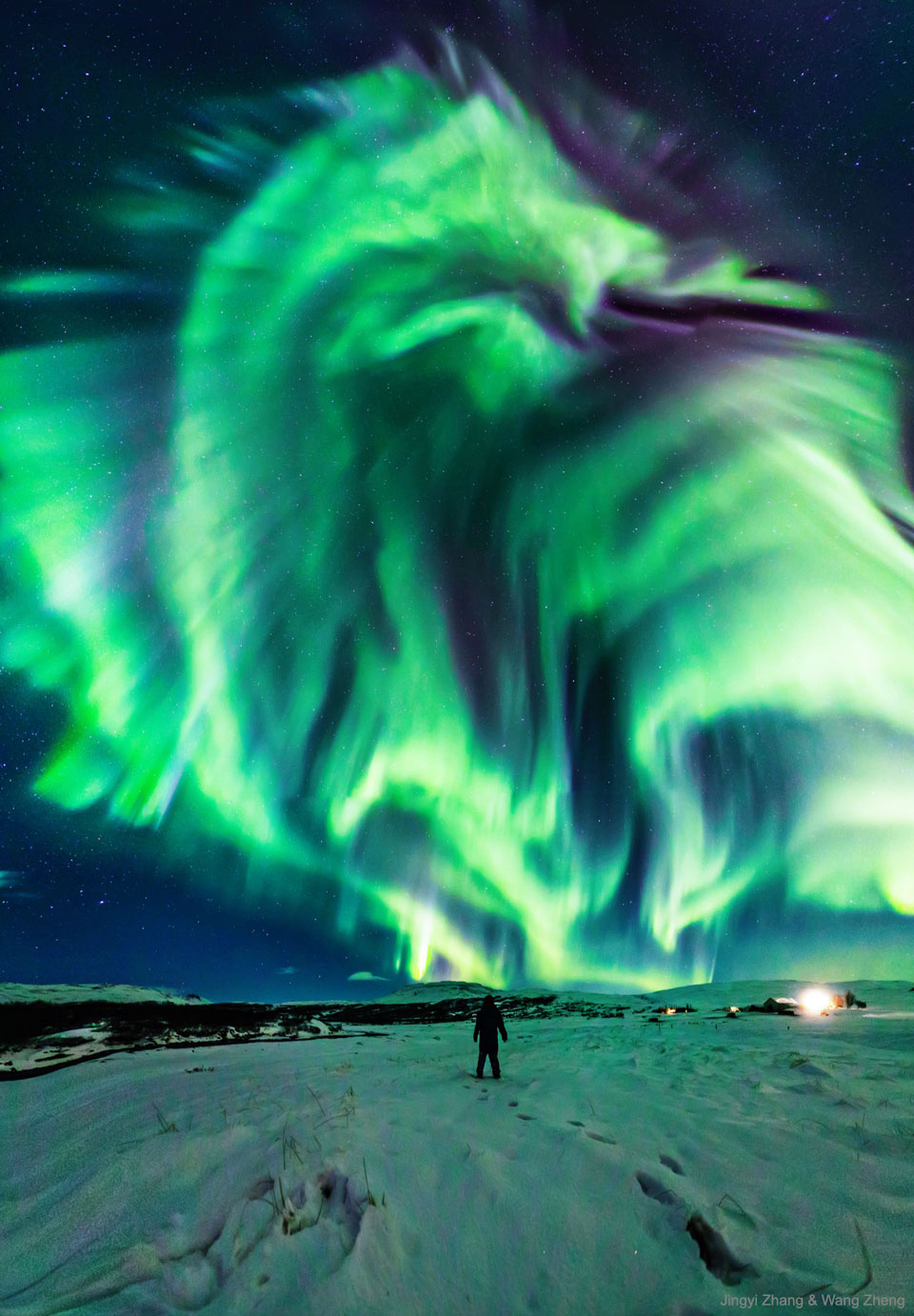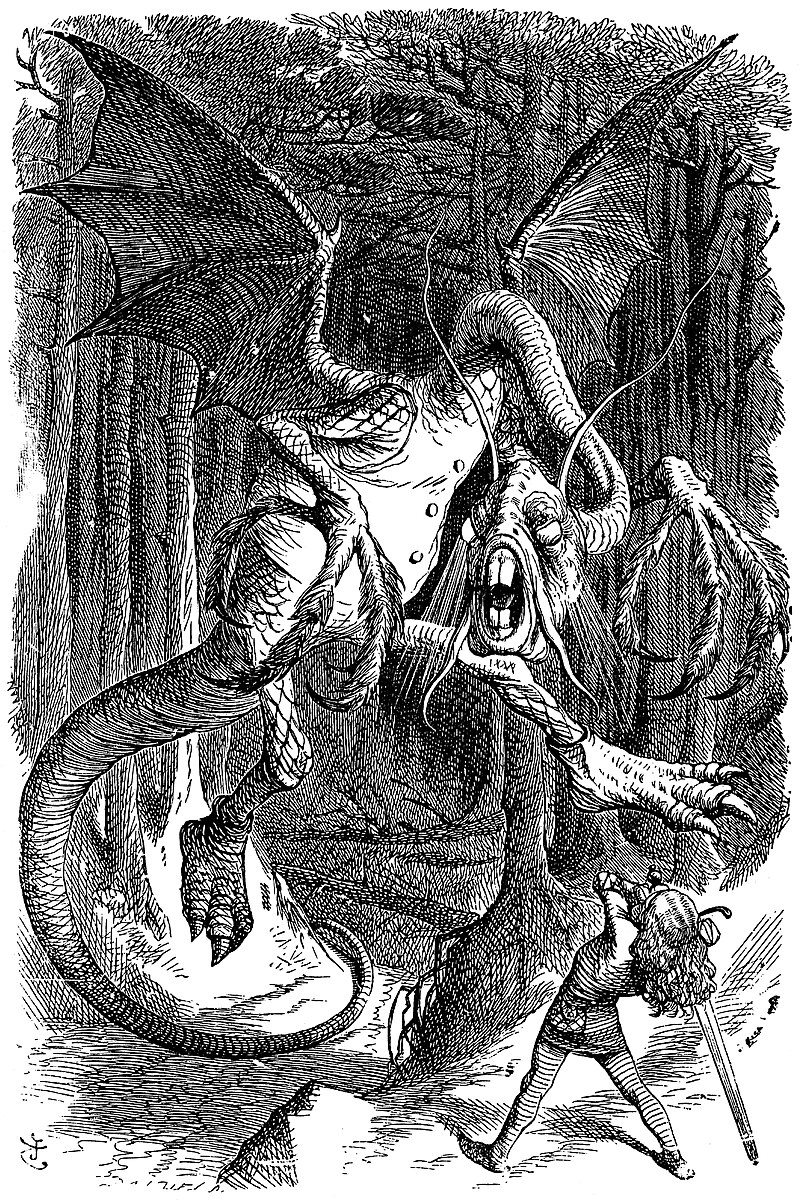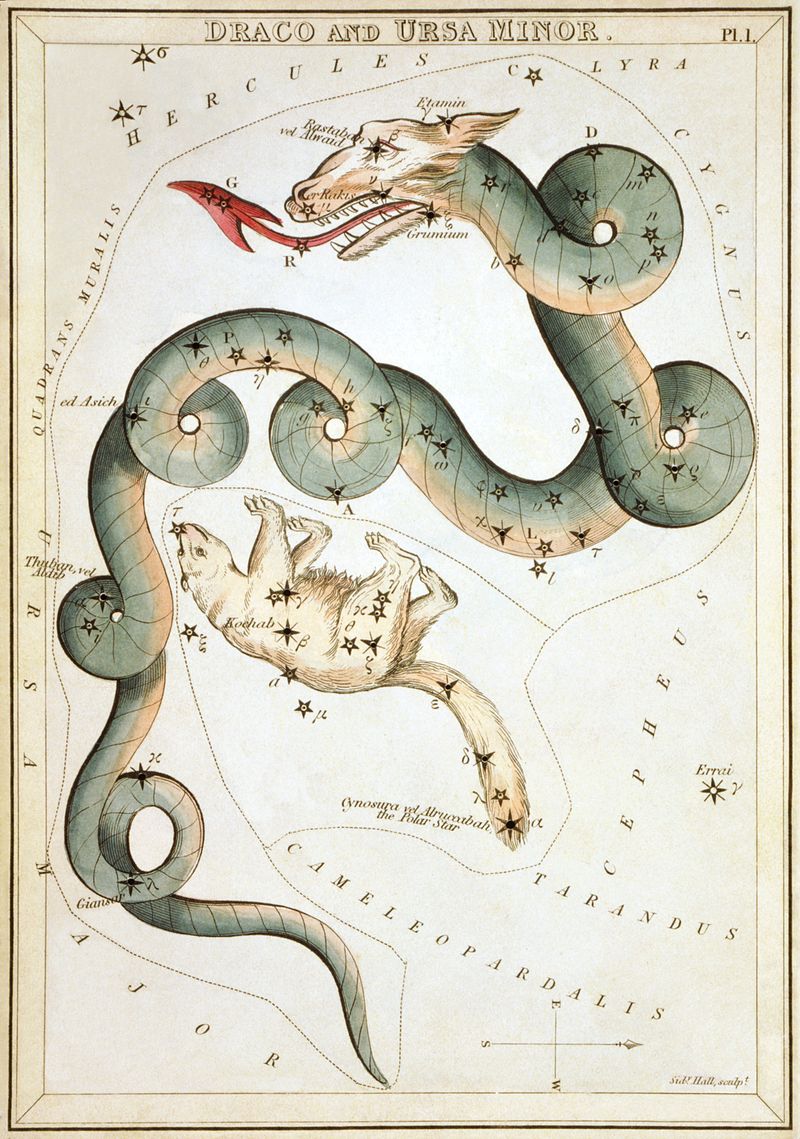Right. This is the APOD:
I'm going to do a Neufer and talk about something else. Although admittedly he would talk about Shakespeare or Finnegan's Wake, not about cosmic vistas that have nothing to do with the APOD in question. But I'm me, so I'll do precisely that.
Here there be dragons, eh? Okay, here there be dragons:
Here there be dragons (NGC 6188 in Ara.
Credit: George Papanicolaou
I'll leave the aurora dragon to some else to discuss, but what created the dragons of Ara? Well, the massive molecular cloud of Ara gave birth to the incredibly massive dominant stars of cluster NGC 6193, and the incredibly energetic radiation of the most massive stars of NGC 6193 sculpted the dragons of Ara!
The massive stars of NGC 6193 (top)
have sculpted the dragons of Ara. Credit: Joseph M. Drudis.
The most massive star of NGC 6193, HD 150136, is a multiple star where all three components are spectral class O.
Wikipedia wrote:
The primary star consists of a double-lined spectroscopic binary[4] with a more distant tertiary companion. The third star is orbiting the other two with a period of 8.2 years, an eccentricity of 0.73, and an inclination of 108°. The close binary stars are separated by hardly more than their own diameters and orbit in less than 3 days, but the third is separated enough to have been resolved visually by VLTI. The measured separation in 2012 was 9 milli-arcseconds, corresponding to 11-12 AU.
All three (four, including HD 150135) of the brightest stars are massive luminous O class main sequence stars, 27 to 54 times as massive as the Sun. They are around 10 times the size of the Sun, but 6-8 times hotter and each is over 100,000 times as luminous. The primary star is the closest O3 star to Earth, 46,500 K, visually 18,000 times as bright as the sun, but because of its high temperature it is around three quarters of a million times more luminous including all wavelengths.
Wowzers! I'll say!

And now I'll ask someone else to discuss the actual APOD! The stage is yours!
Ann
 Dragon Aurora over Iceland
Dragon Aurora over Iceland





